President Joe Biden is contemplating executive action to restrict migrants’ ability to seek asylum at the US-Mexico border, specifically targeting those who have crossed illegally.
This plan mirrors measures taken during the Donald Trump presidency, which were met with significant criticism from immigration advocates. The situation at the border has been challenging for Biden, with migration levels reaching record highs and thousands of migrants arriving at the border, creating a complex issue for the administration to address.
Legislative Challenges and Executive Considerations
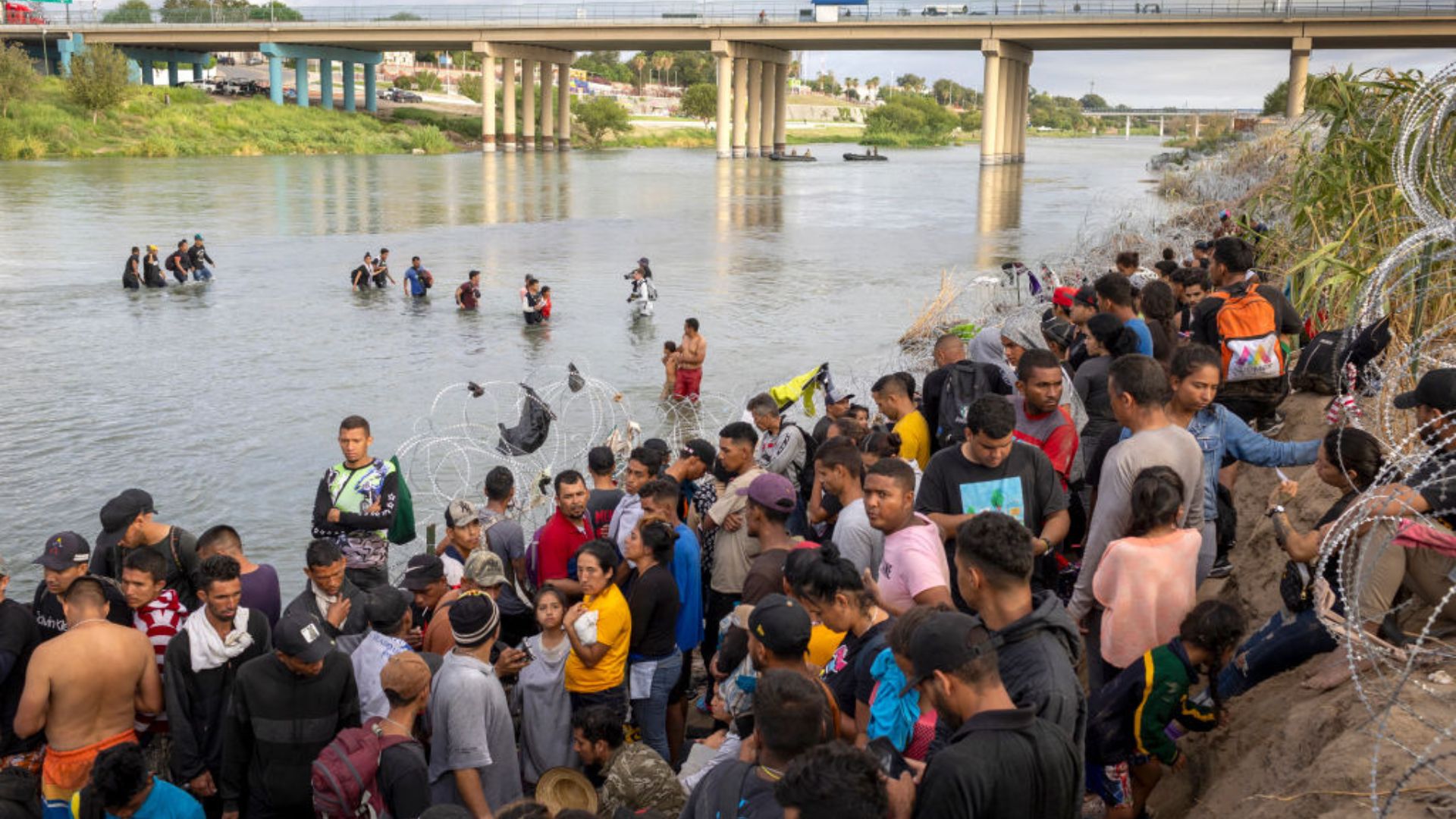
CNN reports that the White House’s consideration of new immigration restrictions appears to be in response to the failure of border compromise legislation, which was not supported by Republicans.
This move is also seen as an effort by the White House to demonstrate a strong stance on border security as Election Day approaches. No final decision has been made yet on the action under consideration, which involves using authority known as 212(f) between ports of entry to clamp down on unlawful crossings.
Legal Scrutiny and Administrative Deliberation
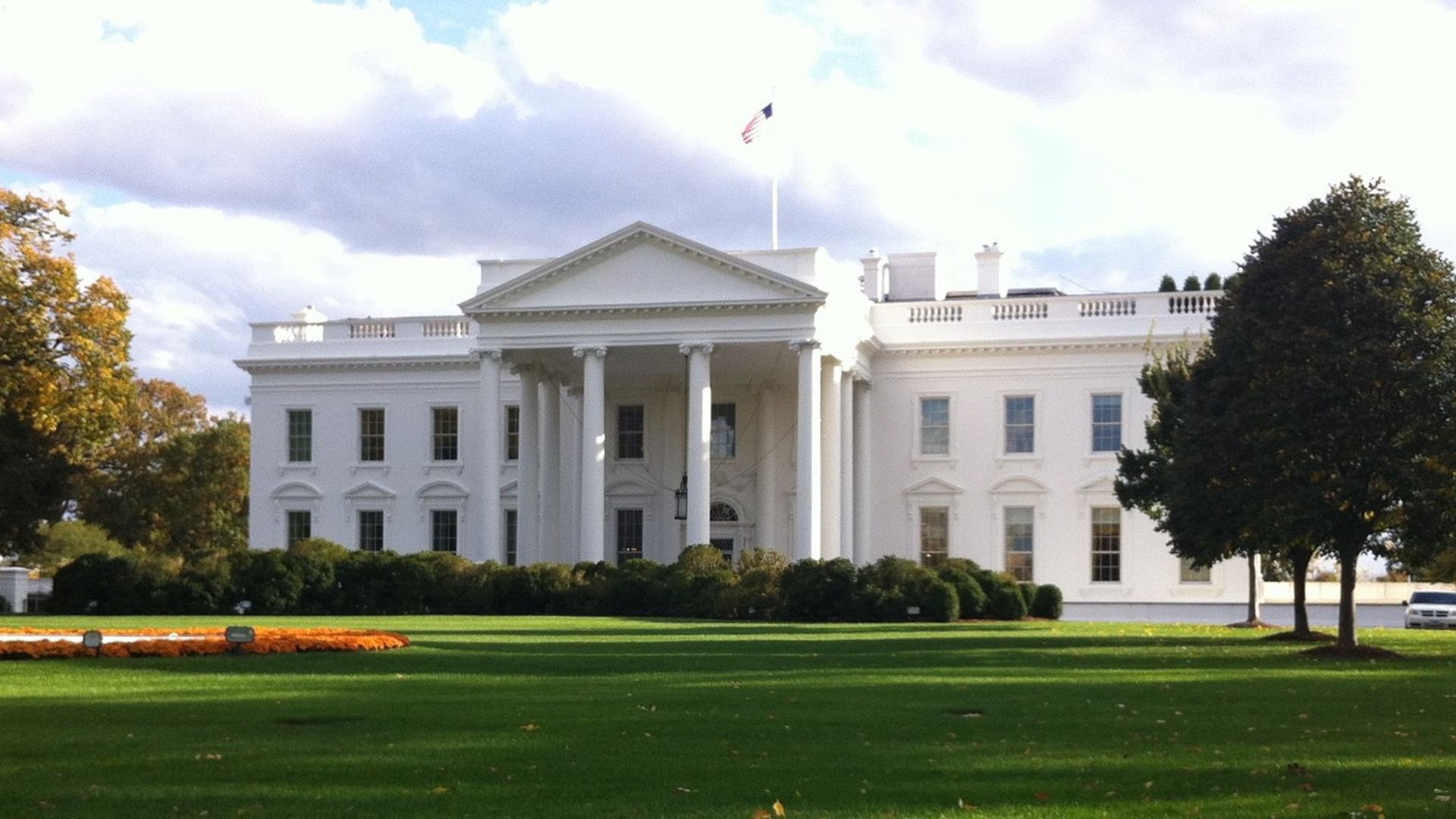
The proposed executive action is under review by the Justice Department’s Office of Legal Counsel to determine its viability against potential legal challenges.
CNN notes that despite this review, some officials within the Justice Department have expressed doubts about the proposed changes’ ability to withstand litigation. The White House spokesperson declined to comment on the specific actions under consideration, highlighting the ongoing and careful consideration being given to this significant decision.
Official Statements on Border Security Efforts
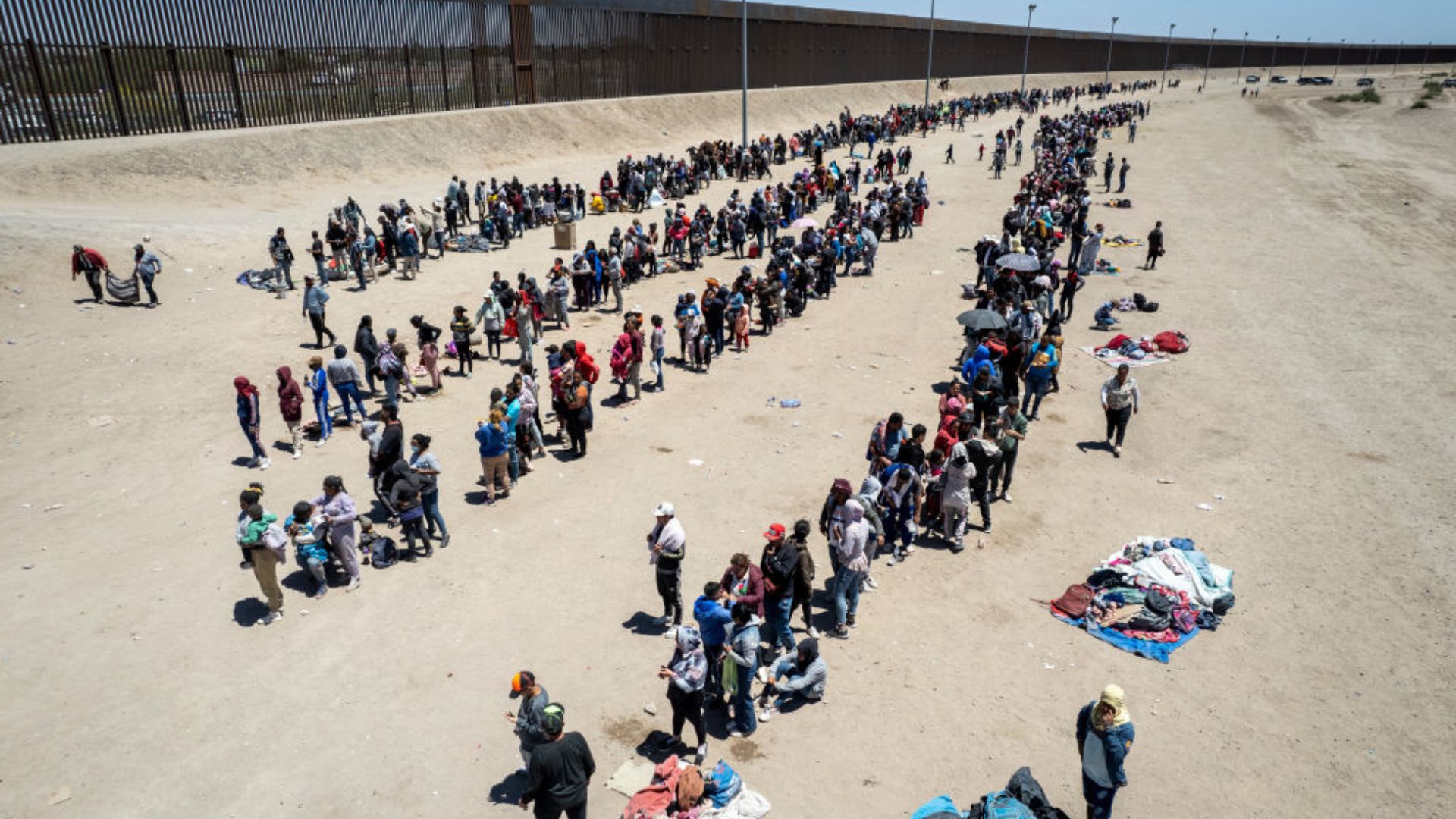
White House spokesperson Angelo Fernández Hernández said “no executive action, no matter how aggressive, can deliver the significant policy reforms and additional resources Congress can provide and that Republicans rejected.”
“The Administration spent months negotiating in good faith to deliver the toughest and fairest bipartisan border security bill in decades because we need Congress to make significant policy reforms and to provide additional funding to secure our border and fix our broken immigration system.”
Biden’s Stance on Border Legislation
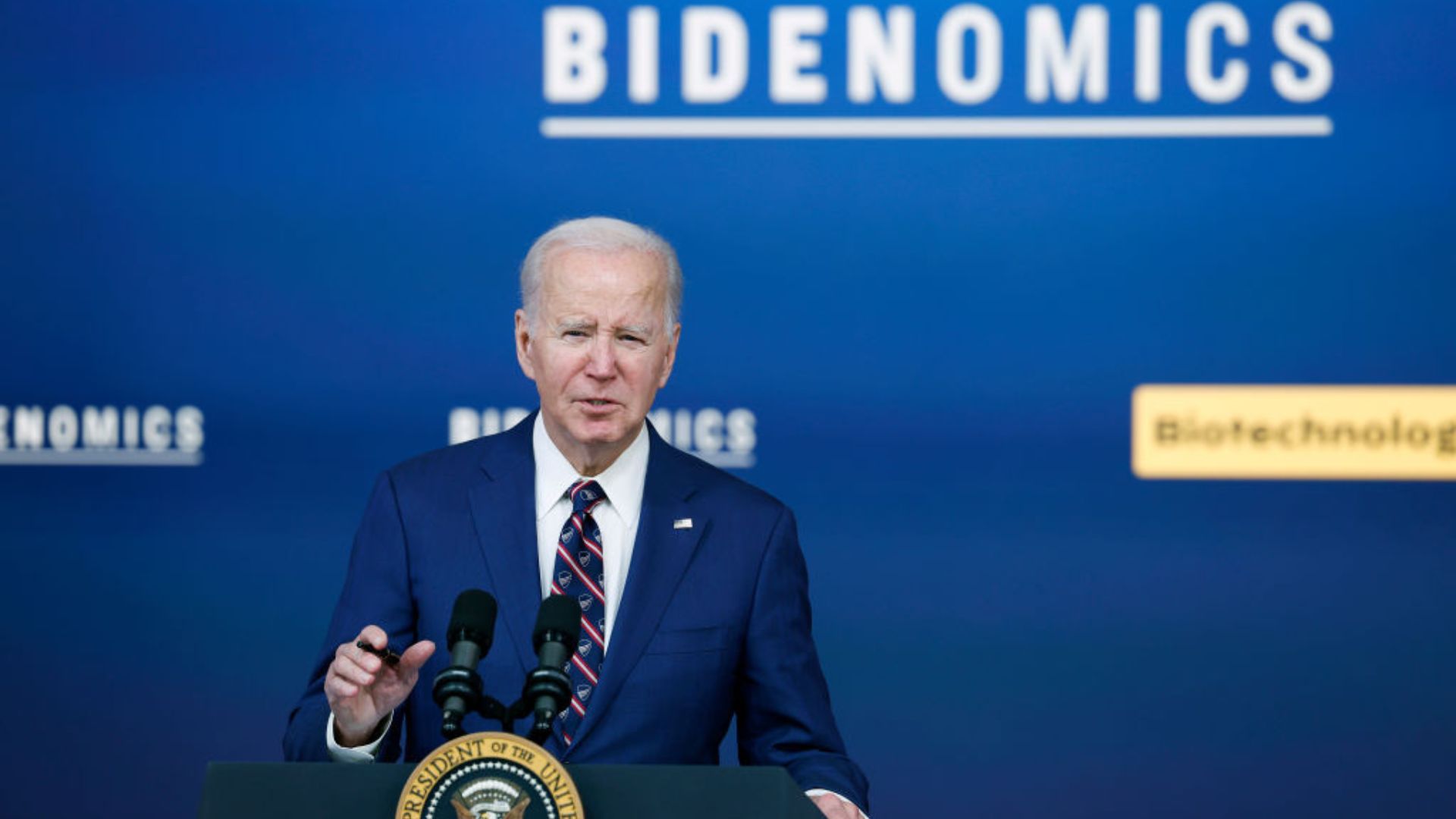
Earlier in the month, President Biden suggested he would be willing to shut down the US-Mexico border if the proposed border legislation had been signed into law.
Biden’s words highlight the administration’s readiness to take decisive action on border security, aligning with some of the stricter measures included in the legislative package that was under consideration.
Historical Context and Legal Precedents
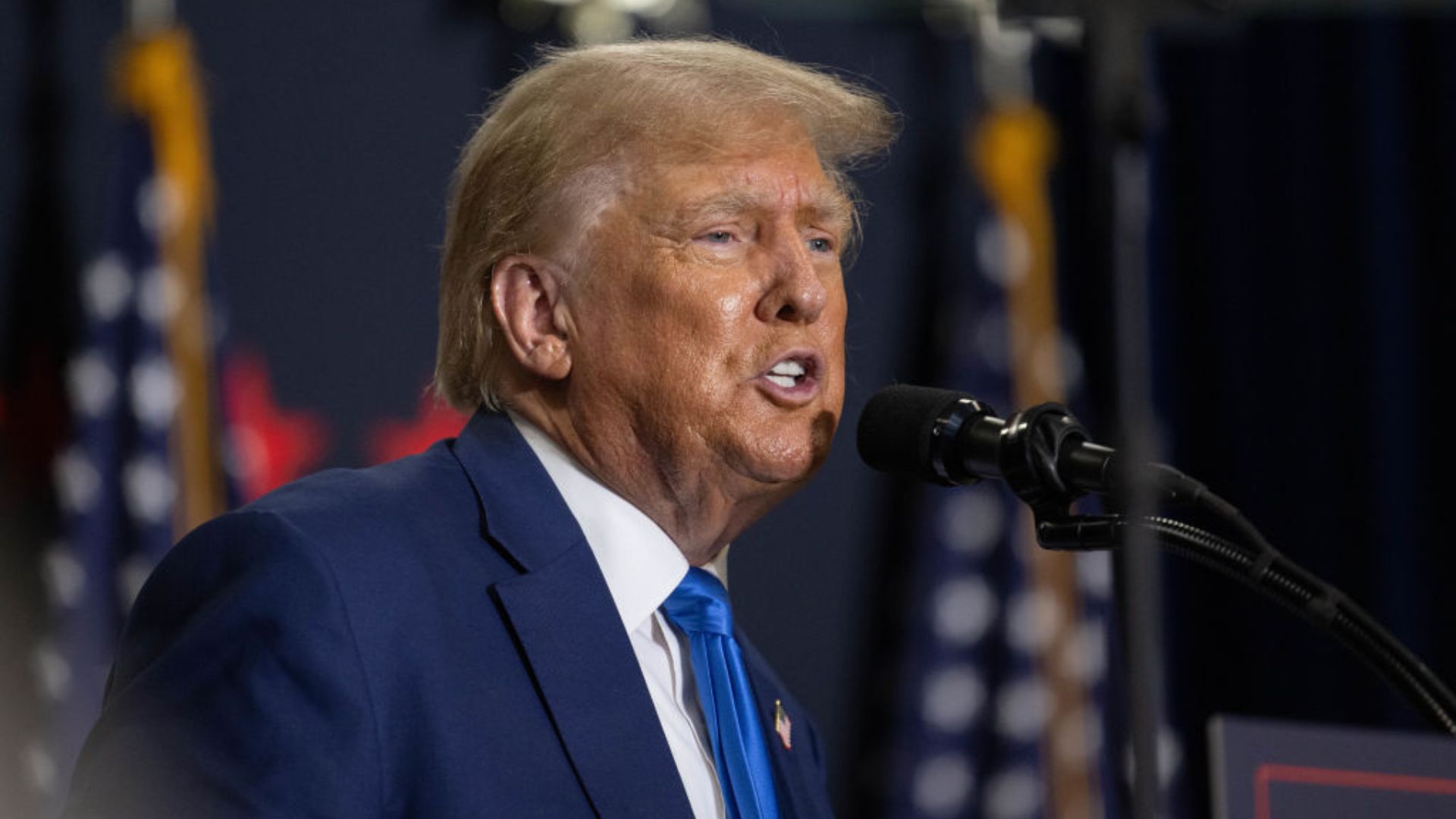
The Trump administration attempted to close the US southern border to asylum seekers who crossed unlawfully, invoking immigration law provisions.
However, these attempts were blocked by the courts. In 2018, Trump tried to use 212(f) authority to restrict border crossings, but a federal appeals court ruled that this authority conflicts with asylum law, indicating the legal complexities involved in using executive power to manage immigration.
Legal Opinions on Executive Authority Limits

“President Biden has broad powers under the immigration statute, but they are not unlimited. Section 212(f) of the Immigration and Nationality Act allows a president to suspend the entry of noncitizens who are ‘detrimental to the interests of the United States,’ but that doesn’t mean he can just shut the border to everyone,” explained Stephen Yale-Loehr, an immigration law expert.
This quote reflects the nuanced legal landscape surrounding the use of executive authority in immigration policy.
Financial Constraints and National Emergency Considerations
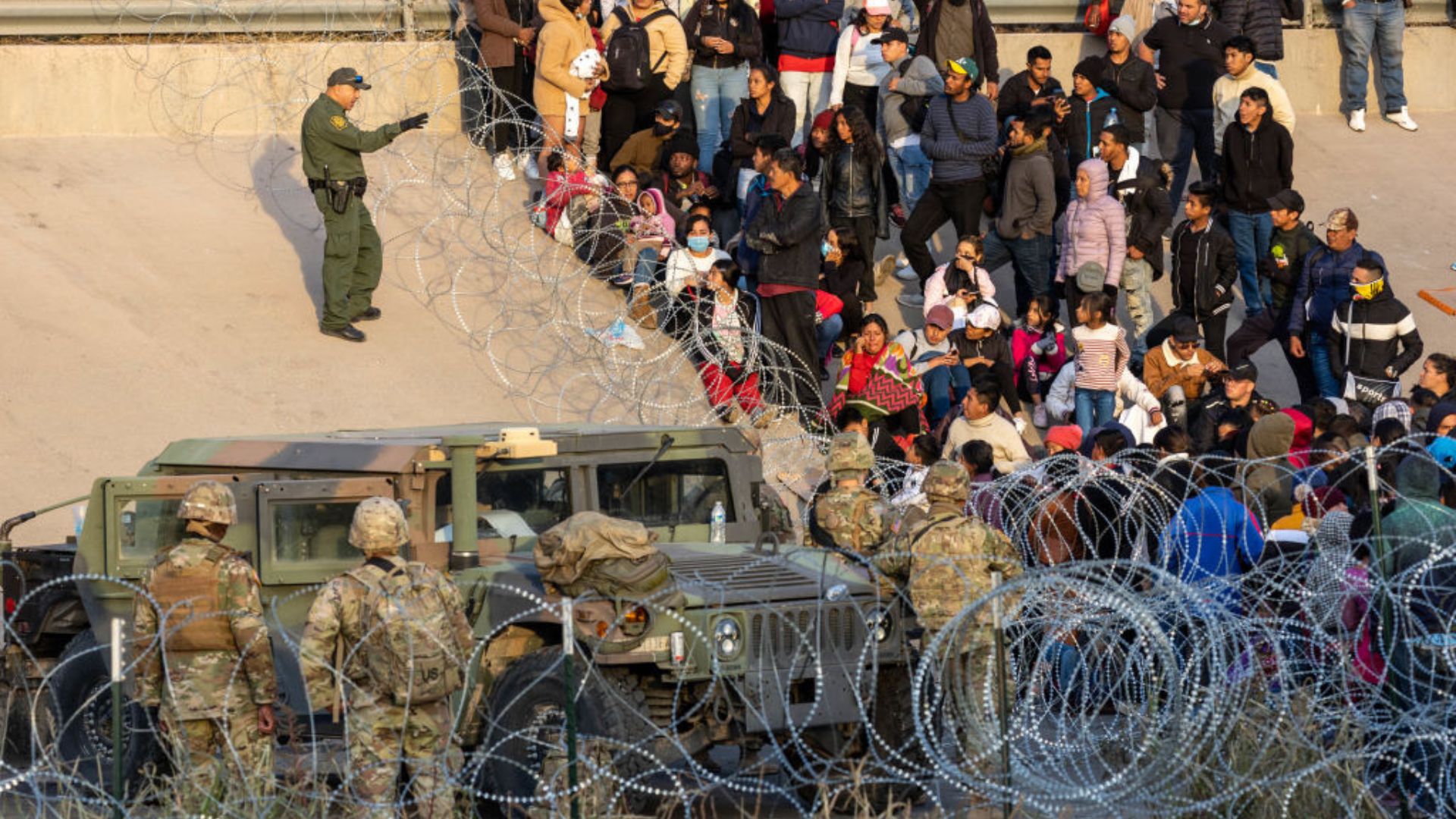
With border security funds dwindling, administration officials have discussed the possibility of declaring a national emergency to secure additional funding.
The White House’s supplemental request includes $14 billion for border security, which remains stalled in Congress, according to CNN.
Efforts to Tighten Asylum Regulations
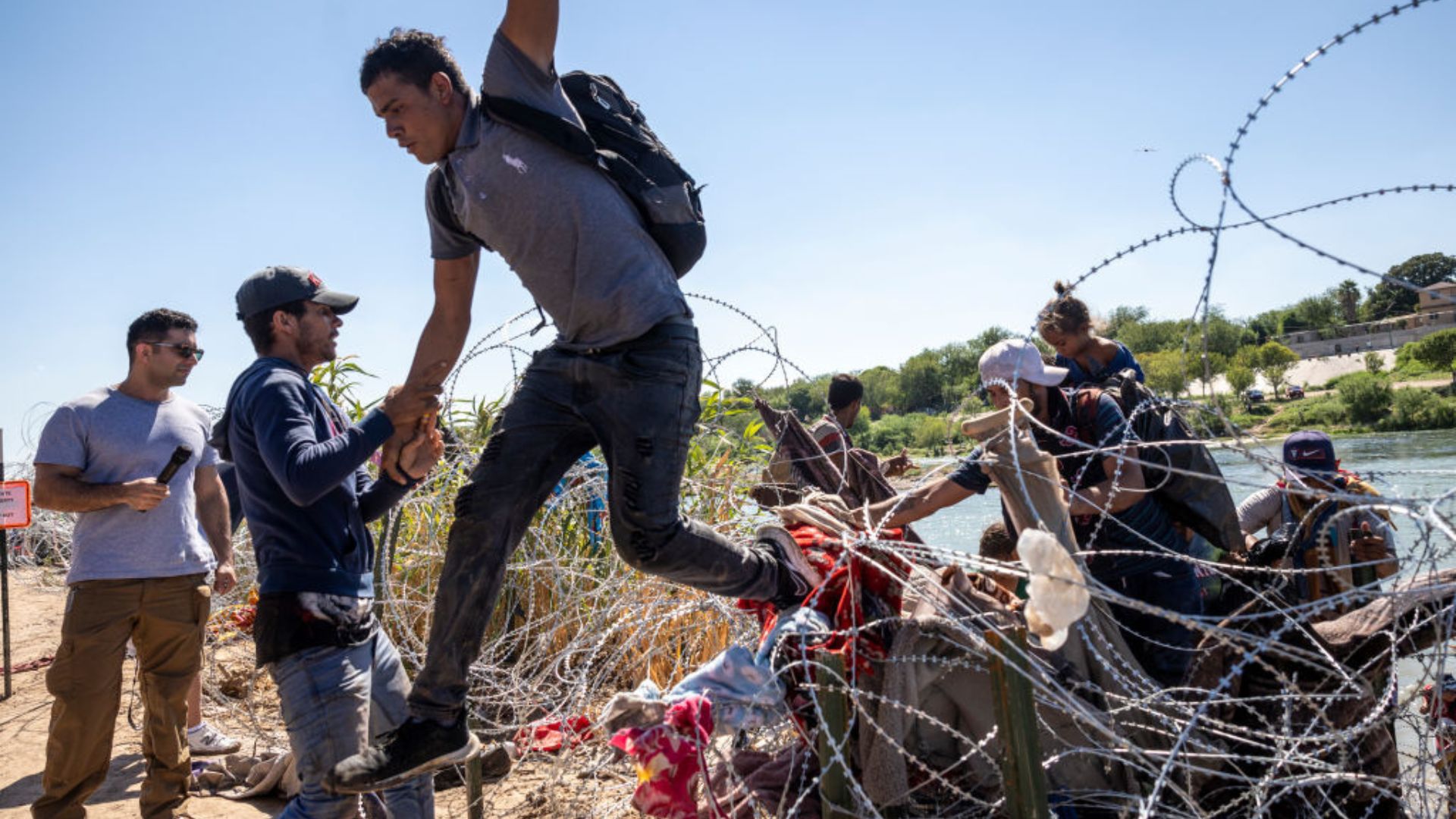
Politico reports that last year, the administration introduced a regulation that largely barred migrants who traveled through other countries on their way to the US southern border from applying for asylum in the United States.
This move marked a significant departure from previous protocols and was an attempt by the administration to manage the flow of migrants while expanding access to legal pathways into the US.
Impact of High-Level Talks on Migration
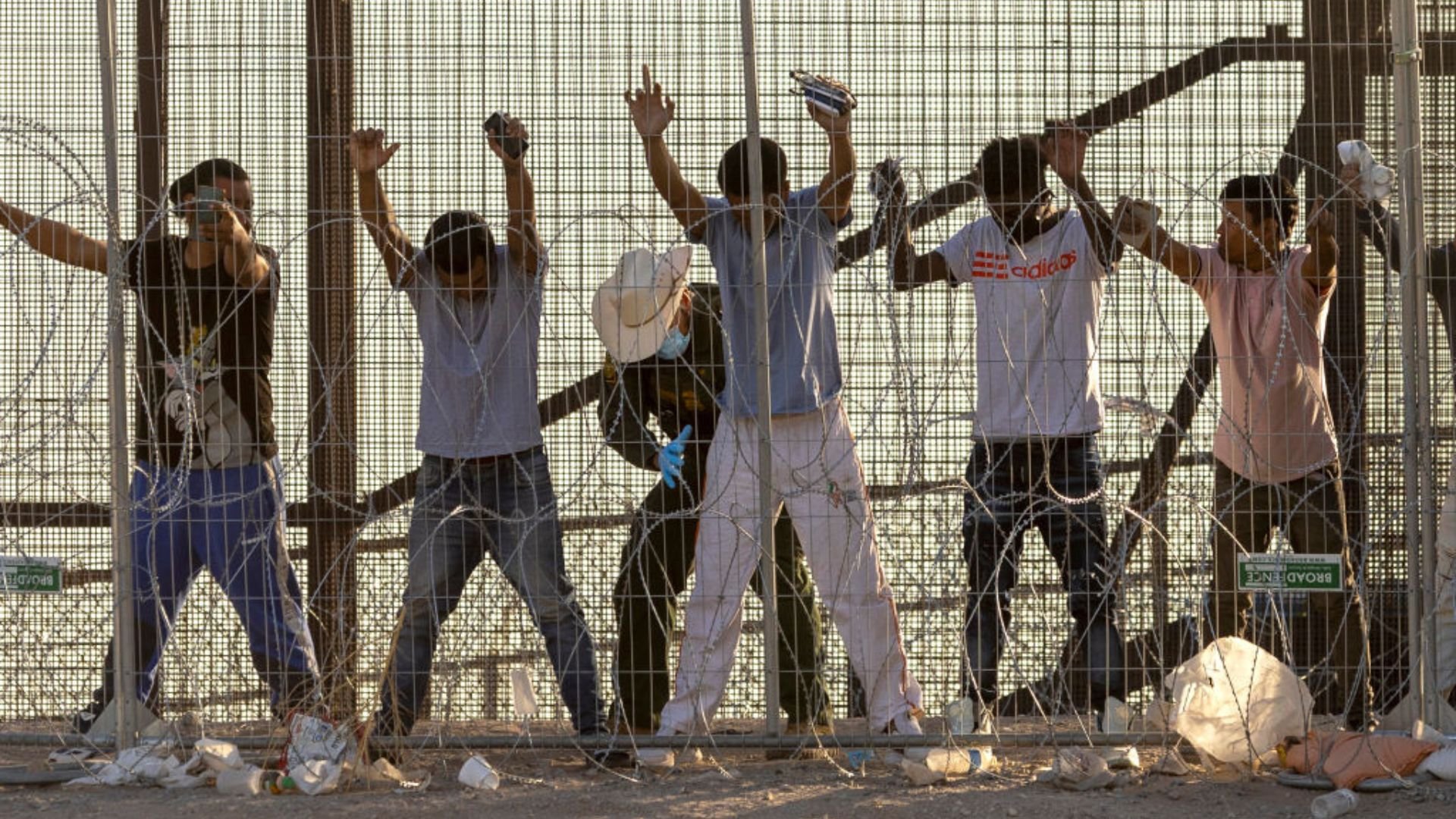
Migrant apprehensions dropped by 50% in January compared to December, according to federal data.
Homeland Security officials attributed this decline to ongoing high-level talks between the US and Mexico, which has intensified its enforcement efforts, CNN reveals. However, they cautioned that encounters historically drop in January before increasing again, indicating the cyclical nature of migration patterns.
Border Security and Trends
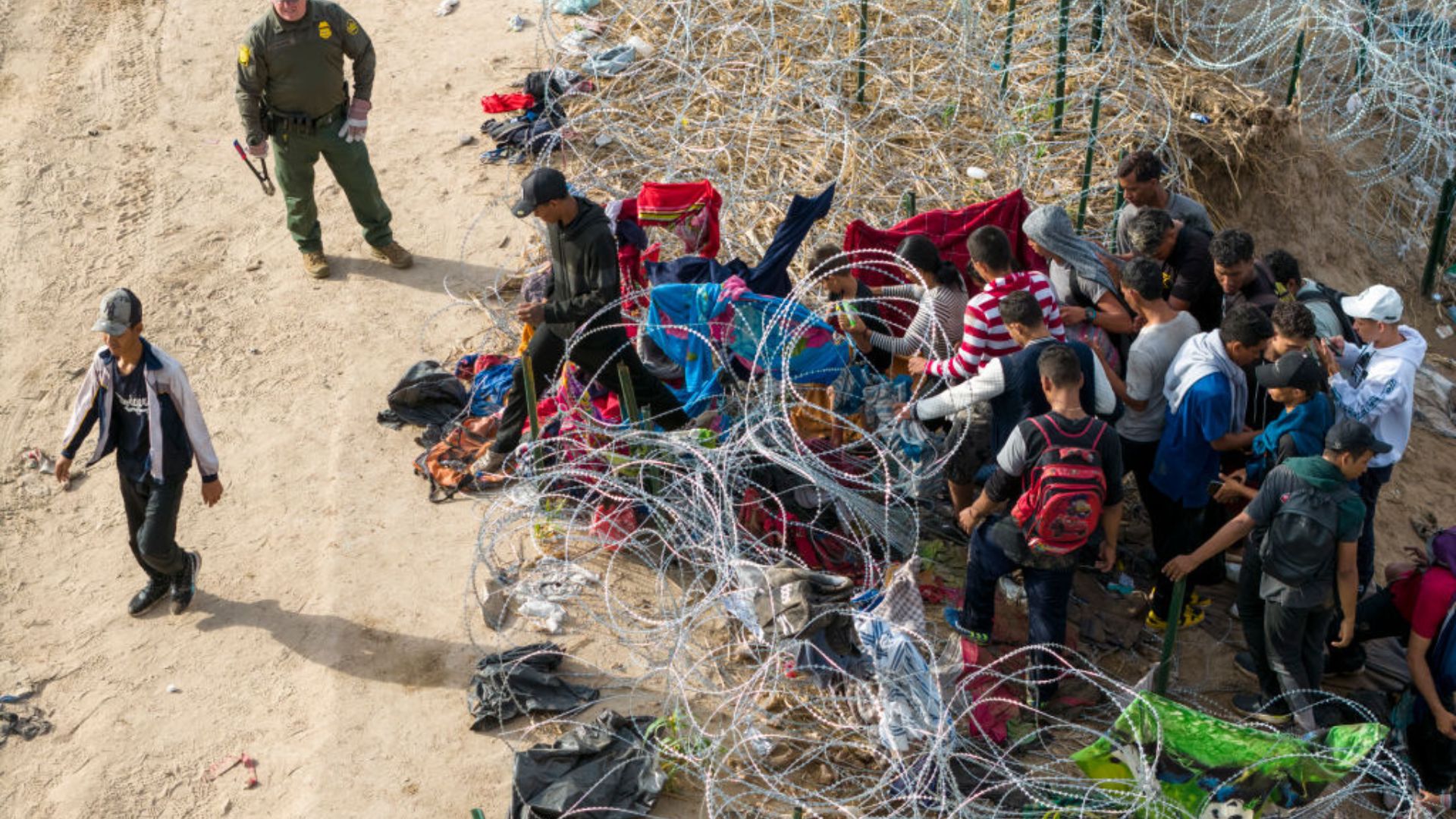
Acting US Customs and Border Protection Commissioner Troy Miller acknowledged the persistent challenges at the border, stating, “We continue to experience serious challenges along our border which surpass the capacity of the immigration system.”
In January, the US Border Patrol reported 124,220 encounters along the US-Mexico border, reflecting the ongoing challenges faced by authorities in managing border security and migration flows.
Anticipating Backlash Over Immigration Policy Shifts

According to CNN, the Biden administration’s contemplation of new executive actions on immigration and border security is poised to ignite significant controversy.
Critics, particularly immigration advocates, are expected to argue that these measures represent a departure from President Biden’s campaign commitments to foster a more compassionate immigration system and safeguard the right to seek asylum.
